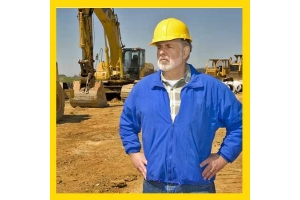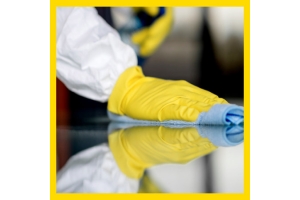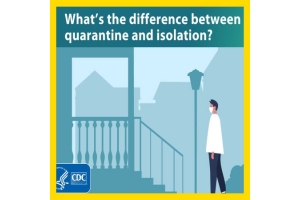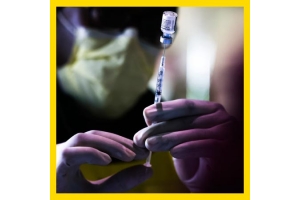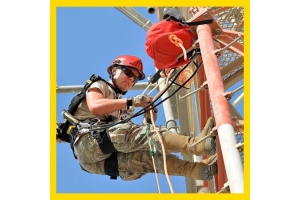Currency
-
January 25, 2018The alarm systems will be installed for free at the homes of those who can't afford it.
-
January 25, 2018Sheikh Mohammed stated that households that could not afford smoke detectors would have it installed at the government's expense.
Filed on January 23, 2018 | Last updated on January 23, 2018 at 08.34 pm -
January 25, 2018540,000 people participate in evacuation drills last year in the emirate
Published: 18:00 January 22, 2018 -
January 25, 2018Overview: Fog limits the effectiveness of Personal Protective Equipment (PPE) for eye and face protection. According to the American National Standards Institute (ANSI), it is one of the three most significant barriers to their use, ahead of lack of comfort and fit and scratching. If lenses are fogged, people won’t wear them. If workers can’t see, they could have accidents.
Fog forms on a surface when water vapor in air condenses in fine droplets. A good anti-fog (AF) coating should prevent the formation of such droplets, but not all AF coatings are the same. Typical AF products perform well right out of the package. But after use and cleaning, the coatings will lose effectiveness and come off over time.
State-of-the-art premium permanent AF coatings are more durable, washable, and better performing but aren’t always used or necessary in all environments.
This whitepaper -
January 25, 2018The importance of covering a cough or a sneeze to prevent spreading germs to those around us, often using the crook of an elbow, is something that most of us learned before starting school. Healthcare providers typically wear personal protective equipment, such as the filtering facepiece respirator, to protect both themselves and their patients. However, whether or not this equipment can be reused and still provide the necessary protection is a complicated issue.
During an epidemic, personal protective equipment for healthcare providers can mean the difference between containing the disease and spreading it further. Chief among this kind of equipment is the NIOSH-approved N95 filtering facepiece respirator, which covers the mouth and nose to filter out viruses and other harmful substances. In normal circumstances, filtering facepiece respirators are disposable. In the event of a severe epidemic, however, respirator demand could outpace supply, potentially requiring healthcare -
January 25, 2018
Scope
Approved March 28, 2013. 160 pages. A revision of ANSI R15.06-1999, this standard provides guidelines for the manufacture and integration of Industrial Robots and Robot Systems with emphasis on their safe use, the importance of risk assessment and establishing personnel safety. This standard is a national adoption of the International Standards ISO 10218-1 and ISO 10218-2 for Industrial Robots and Robot Systems, and offers a global safety standard for the manufacture and integration of such systems.
A robot safety standard is a collection of guidelines for robot specifications and safe operations in which all involved in the manufacture, sales and use of robots must follow. Often, standards are created by a diverse group of industry interests to ensure the standards benefit everyone.
Why this standard is important
-
January 25, 2018UL, a global safety science company, led a workshop on fire safety for officials from the Egyptian Fire Protection Association (EFPA) and the US-based National Fire Protection Association (NFPA), discussing new technology and the challenges facing today's firefighters
-
January 25, 2018With workplace accidents generating high cost and including a severe human toll that impacts morale and productivity, Brady Corporation has provided guidelines aiming to prevent accidents and manage safety risks at workplaces
-
January 21, 2018The 20th edition of Intersec, the world’s leading trade fair for security, safety, and fire protection was opened today (21st January 2018) by His Highness Sheikh Mansoor bin Mohammed bin Rashid Al Maktoum.
-
January 17, 2018Show Dates: 21 - 23 January, 2018
Time: 09:00 AM - 05:00 PM
Venue: Dubai World Trade Center, UAE
Location: Hall 7 - 8, Stand G12


